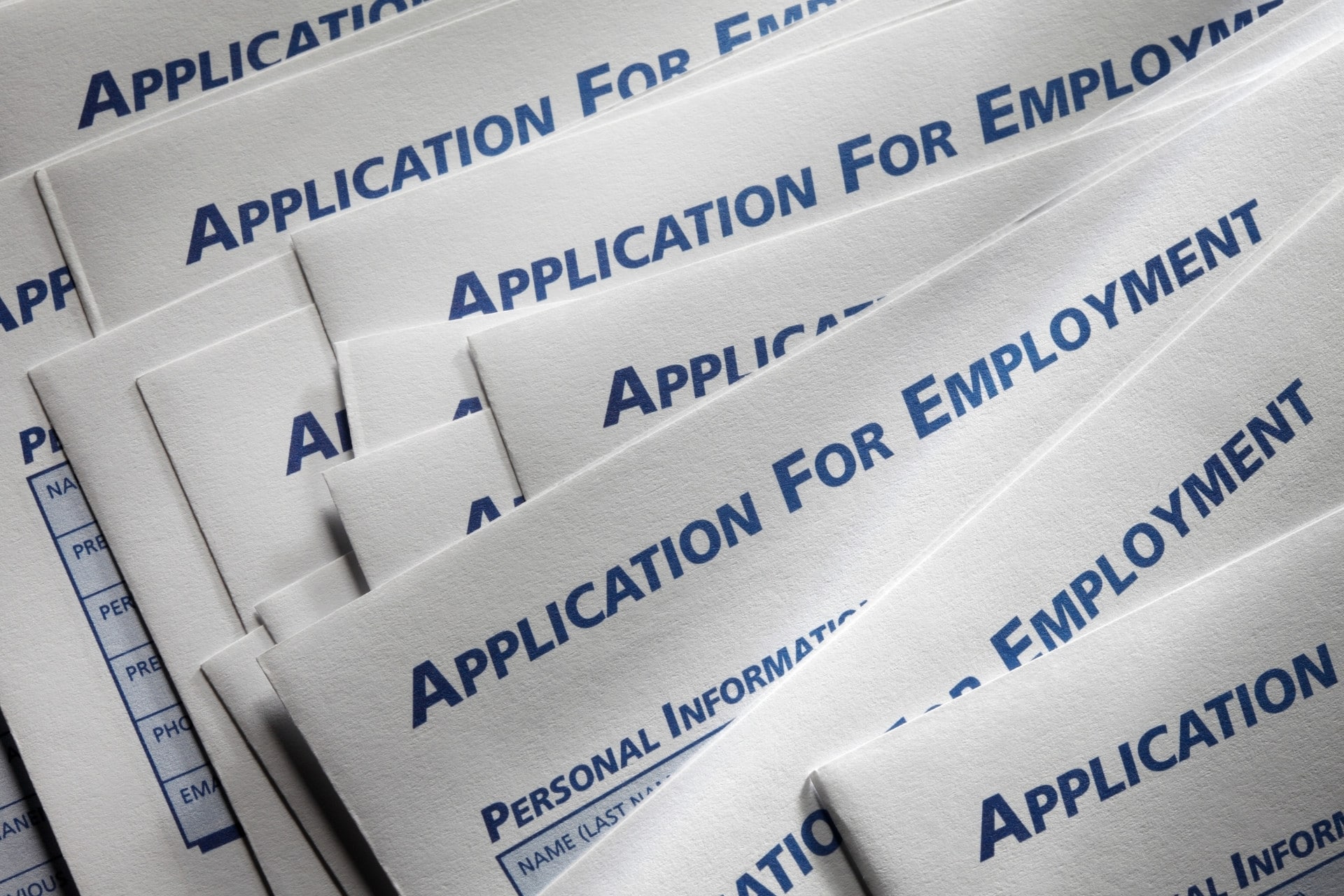In light of the Covid-19 pandemic, workplaces have changed dramatically. Many industries moved to full-time remote work, with greater flexibility. This flexibility, in combination with a favorable job market and a high demand for technology professionals, raised some complex questions for H-1B employers and employees, including concurrent employment.
Increasingly, H-1B employees are interested in working for more than one entity, since the availability of fully remote work makes this more feasible than in the past. Whether looking to work for two different H-1B employers or to work on more than one project for the same H-1B employer, these scenarios must be carefully addressed to ensure complete compliance with all applicable immigration and employment laws.
Concurrent Employment
If an employee wants to work on multiple projects with different H-1B employers, that is referred to as concurrent employment. There are a few key issues that arise in this scenario that need consideration. As the hours worked for each employer are separate, reporting overtime and salary concerns are eliminated. Further, since the employers are separate, the obligation to disclose the second project to your vendors/clients no longer exists. As an employee, you may need to sign a non-disclosure or other agreement which warrants you will not work on any other project. This creates a liability to you, as the employee. Be sure to always be in alignment with all contracts to avoid legal issues. As an employee signing any agreement, the liability attaches to you, not the company.
Importantly, if the contracts includes an exclusivity clause (or other contractual language indicating the H-1B employee cannot work on any other projects while engaged with that client), then the H-1B employee cannot work for more than one company. It is very important that you carefully read your contracts to ensure you are not in breach. If you uncertain, it’s always best to work with an experienced attorney.
Similar to the concerns with multiple projects for the same employer, we do not advise filing an H-1B concurrent petition for a second full-time job. A job is considered part-time if it is 35 hours or less per week. Full-time work is considered 40 hours per week. If filing for more than one full-time job, this will likely be denied by USCIS. Rather, the concurrent employment should be part-time and, ideally, for 20-25 hours per week maximum. This is a more realistic scenario and is much more likely to be approved. As an employer, if your H-1B employee has been granted an H-1B for full-time work, we highly recommend filing concurrent employment for a part-time role only.
As the pandemic continues to reshape the work environment, we understand H-1B employees may have questions about how to navigate complex scenarios that didn’t arise in the past. We are committed to helping our clients confront these new situations head one, finding a solution that works best for all parties involved. If you have any H-1B related questions, please contact us today. We are with you every step of the way.

